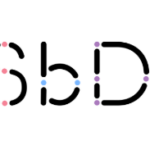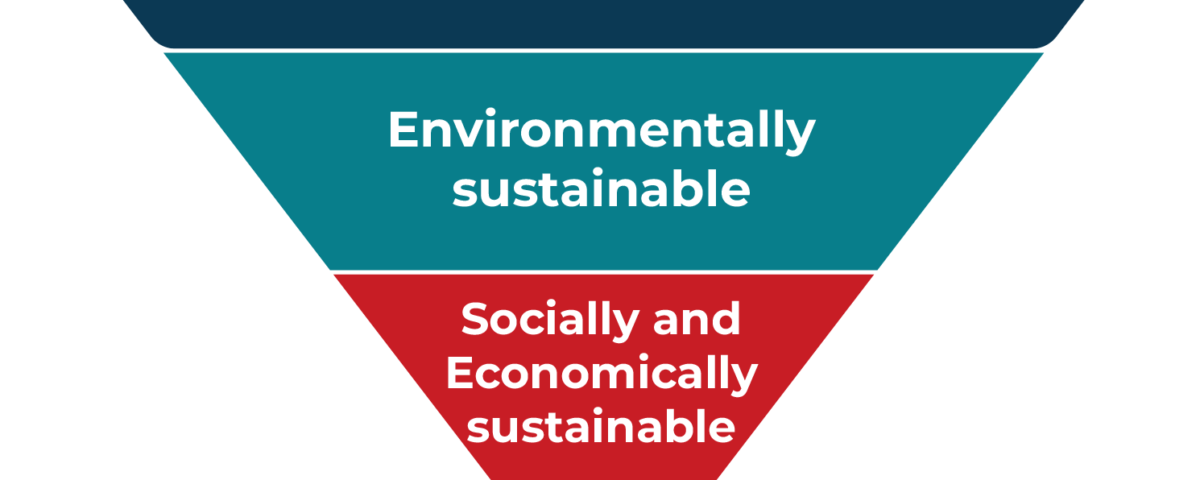
Advancing SSbD: the PARC Toolbox
Gennaio 28, 2025
SSbD Hub first newsletter is out!
Marzo 10, 2025The Growing Importance of the "Safe and Sustainable-by-Design" (SSbD) Framework
The European Commission's "Safe and Sustainable-by-Design" (SSbD) framework represents a significant leap toward embedding safety and sustainability into the innovation process of chemicals, materials, and processes. This initiative addresses critical global challenges by ensuring that safety and sustainability considerations are no longer afterthoughts but intrinsic components of product design from the outset. However, effectively operationalizing this framework requires careful consideration of existing research, lessons from related approaches, and innovative tools tailored for early-stage design.
Building on the Foundation of Safe-by-Design (SbD)
The SSbD concept builds on established methodologies like Safe-by-Design (SbD), particularly from the nanotechnology sector, which has long faced unique challenges in addressing potential human and environmental risks. SbD has demonstrated the importance of early safety assessments, offering valuable tools and frameworks that can inform SSbD's implementation. The lessons from SbD—particularly its focus on proactive risk mitigation through design—serve as a blueprint for SSbD’s broader applicability across diverse industries.
The categorization of SbD approaches into Safe(r)-by-Modeling, Safe(r)-by-Selection, and Safe(r)-by-Redesign illustrates the variety of methods available for ensuring safety at the design stage. These categories underscore the flexibility of SbD in addressing different innovation challenges, from computational modeling of risks to redesigning materials to improve safety profiles. By understanding and preserving the knowledge derived from SbD, the SSbD framework can avoid redundant efforts and “SSbD-washing” akin to greenwashing, where safety and sustainability claims lack substance.
Key Considerations for Advancing SSbD
As the SSbD framework evolves, several critical factors must be addressed:
Preserving and Adapting SbD Knowledge
Existing SbD tools and methods, particularly those proven effective in nanotechnology and conventional chemical safety, must be refined and integrated into SSbD. This includes leveraging tools like Quantitative Structure-Activity Relationships (QSARs) and high-throughput screening methods to address safety at the earliest stages of innovation.
Incorporating Material Functionality
Innovation is driven by the need for functional advancements. Therefore, SSbD must balance safety and sustainability with the practical benefits that novel materials or chemicals provide. A deeper integration of material functionality assessments into SSbD frameworks can support innovations that are both sustainable and beneficial.
Reconciliation of Frameworks
Current SbD frameworks often treat lifecycle thinking and the stage-gate model as mutually exclusive. Bridging this gap will enable SSbD to effectively account for the entire lifecycle of materials while maintaining a clear stage-by-stage approach to innovation.
Development of High-Throughput Tools
High-throughput methodologies are essential for operationalizing SSbD under the constraints of limited time and data. These tools can streamline safety and sustainability assessments, making them more accessible and practical for industries.
Regular Mapping of Literature
With the rapidly increasing interest in SSbD, continuous tracking and analysis of new studies and tools are crucial. This will ensure the framework remains relevant and adapts to emerging challenges and opportunities.
Why SSbD Matters
The SSbD framework addresses an urgent need for innovation pathways that do not compromise safety or sustainability. By integrating lessons from SbD and other approaches like green chemistry and benign-by-design, SSbD can offer a comprehensive strategy for achieving safer, more sustainable products. Moreover, the framework fosters collaboration across academic, industrial, and policy domains, accelerating the transition to a safer and more sustainable future.
In conclusion, as the SSbD framework gains traction, its successful implementation depends on leveraging existing knowledge, fostering innovation, and addressing gaps in tools and methodologies. By embedding safety and sustainability into the heart of innovation, SSbD has the potential to transform industries and drive meaningful progress toward global sustainability goals.

